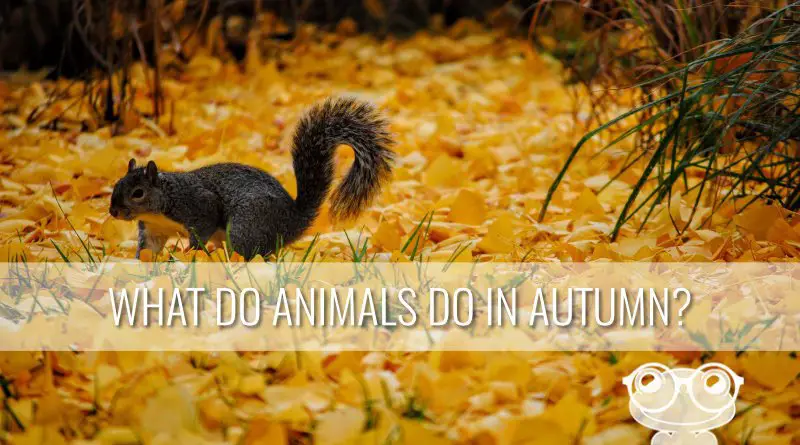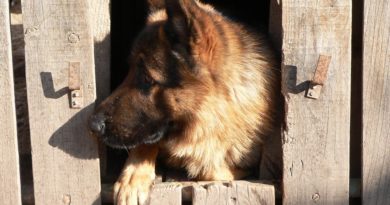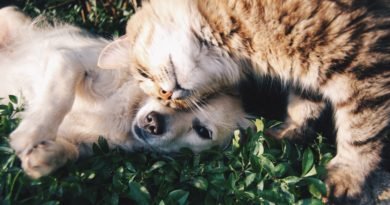Last modified on March 16th, 2020 at 9:20 am
What do Animals do in Autumn?
As winter approaches, many people have their ways of getting ready. Many people swap out their summer wardrobes for their winter coats, some stock the backyard with firewood to make warm fires, and some put extra throw blankets out around the house.
Everyone has their autumn routine, but have you ever stopped to wonder how the animals outside are getting ready for the cold to hit? Animals, like people, can be very sensitive to the cold. Because of this, they go through natural changes every fall to prepare for winter.
Many animals grow warm winter coats in the autumn months. You may even notice that your dog or cat's fur thickens a bit before winter comes. Other animals enter a state of hibernation, where they lower their body temperatures and enter a sleep-like state for months.
Just like people, animals need to prepare for winter as well. There are many ways that they do this that are fascinating, unusual and exciting.
Migrate
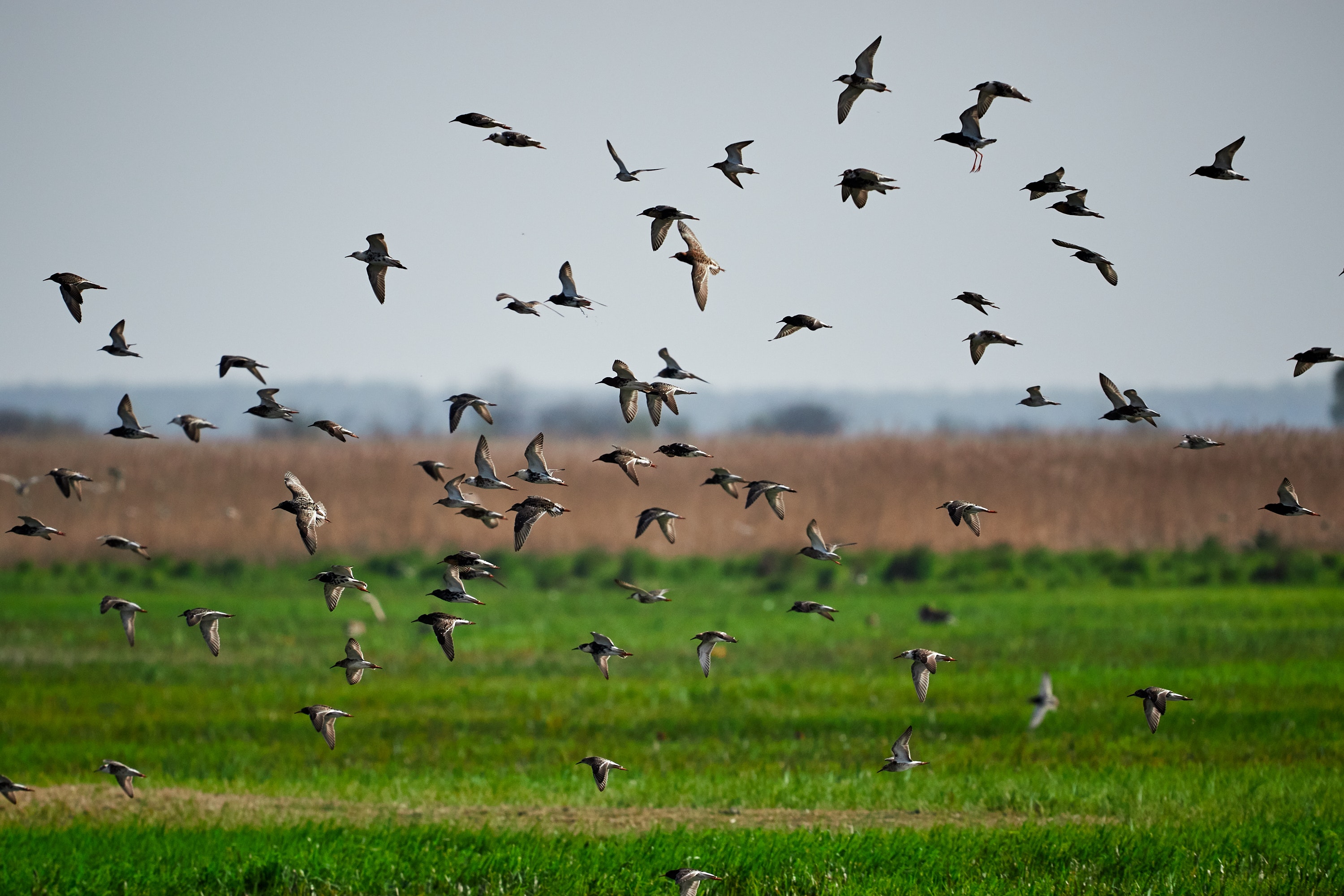
Birds and butterflies are two groups of animals that migrate during the winter, meaning that they fly to a new, warmer place. Birds typically fly south where the climate is warmer and there is a higher abundance of food to eat. Swallows, geese, ducks, cuckoos, and swans are all examples of birds that fly south from the colder north.
Birds also change their diet as well as changing locations. During the summer, birds typically eat insects and caterpillars. But during the winter, their diet shifts to eating primarily seeds. Besides, most birds stop singing during the fall and winter months.
Monarch butterflies migrate every fall to the warm regions of Mexico. These beautiful butterflies can be seen flying in breathtaking swarms and are frequently seen passing through the Charlotte area in September and October.
Build Fat
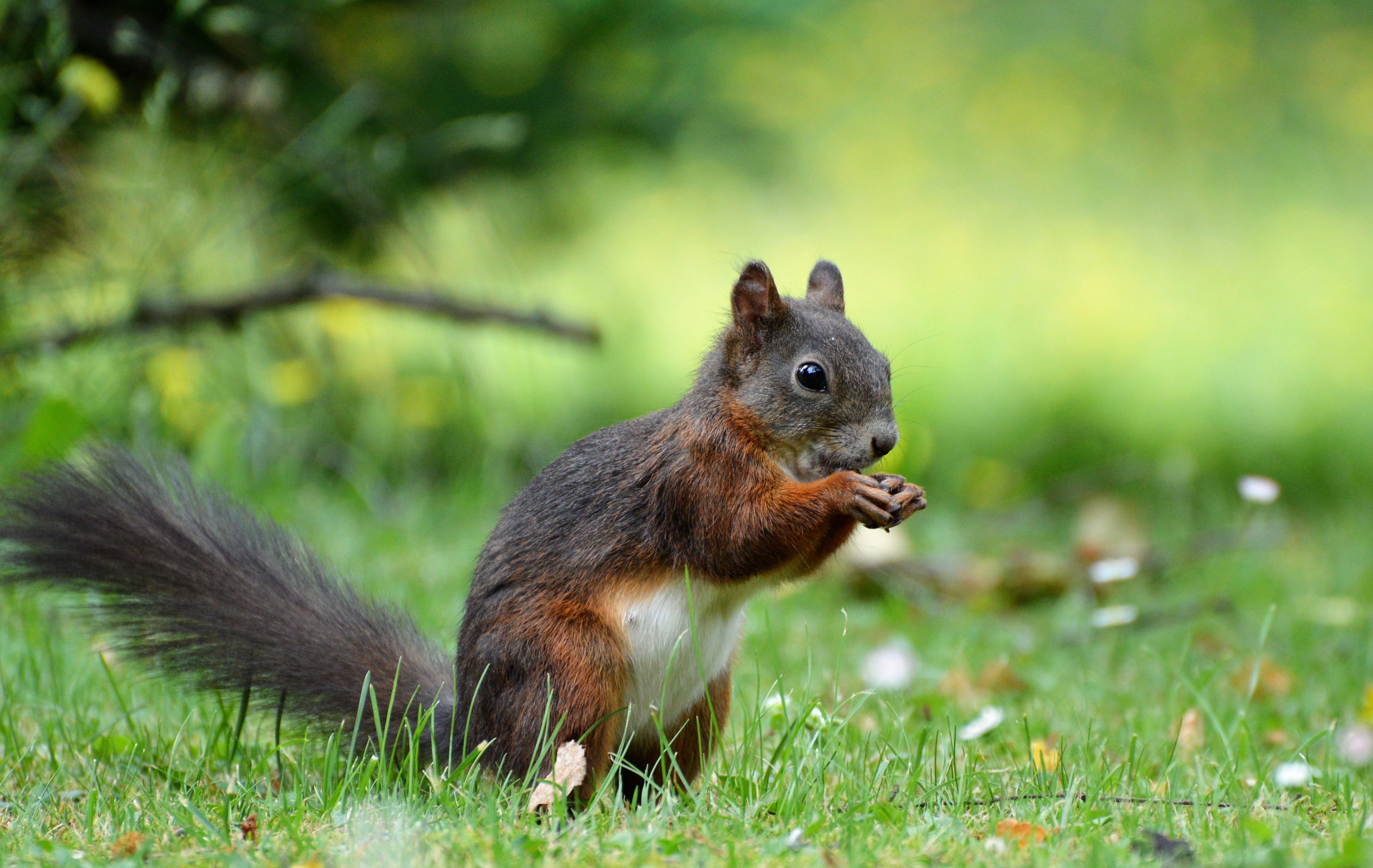
Many mammals spend the autumn months storing up fat to keep them warm during the winter. Animals such as squirrels, mice, chipmunks, beavers, and bears all spend their time feasting on berries, nuts, seeds, apples and other food to build up a warm layer of fat to keep them sustained while food is scarce during the winter.
These animals also prepare by hiding certain foods to eat later. Squirrels will typically bury nuts in the ground near their nests to have available during the winter. To help build their fat layers, these animals will also be much less active during the fall as not to burn too much fat.
Grow Winter Coats
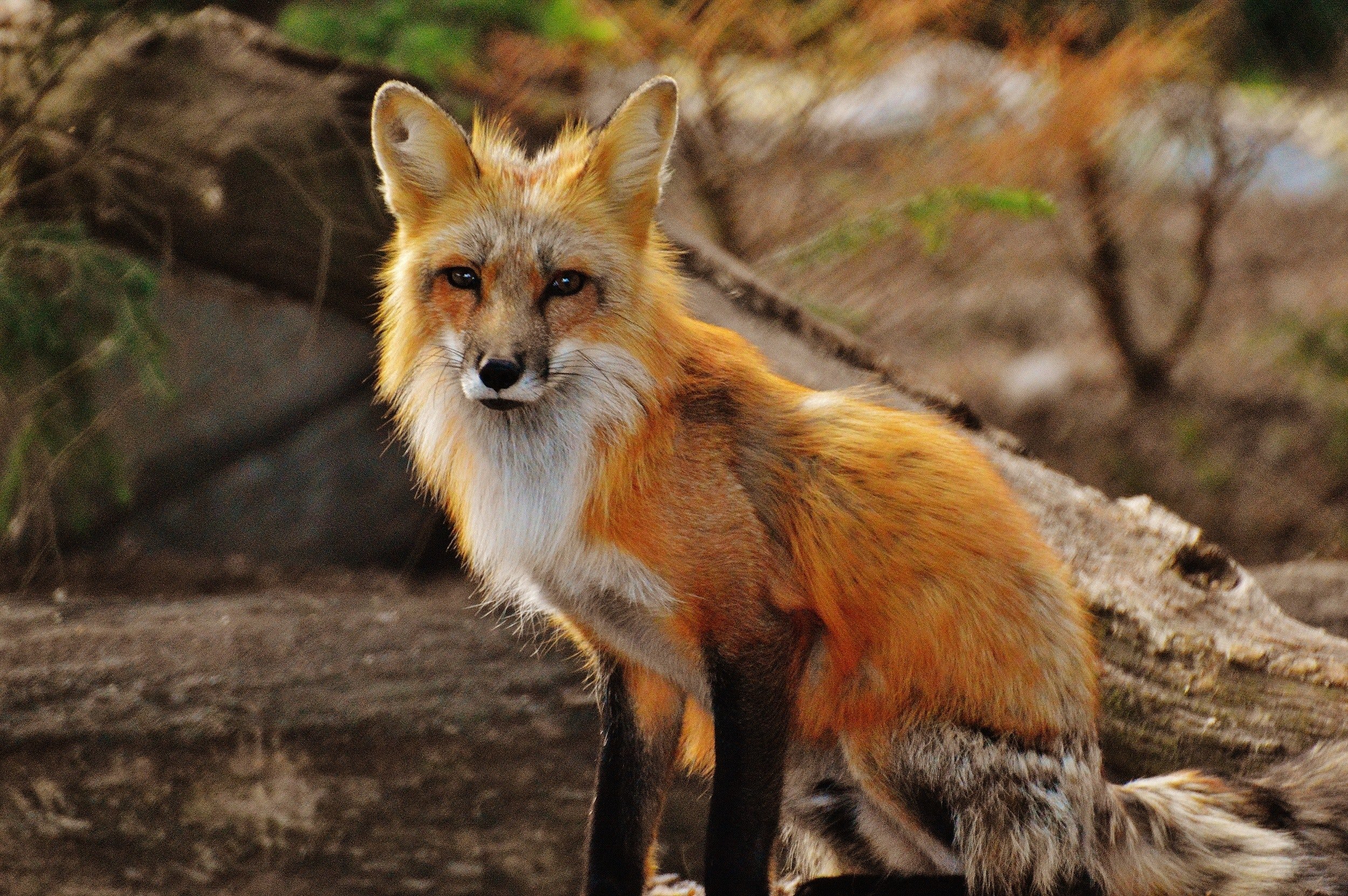
During the fall months, many furry animals also work on growing in their warmer winter coats to prepare for the cold months ahead. Animals like rabbits, weasels, foxes, and many others grow in thicker coats for warmth and grow more fur around their feet to help them walk in the snow.
Certain animals also will grow in white coats that replace their grey or brown summer coats. These light winter coats serve the animals many purposes. First of all, the white fur helps these animals blend in better with the snow so they aren’t obvious targets to predators. Second, white fur is warmer than pigmented fur due to its insulating abilities.
The arctic fox is a great example of an animal that sheds its darker summer coat for a crisp, white winter coat. During the summer, the arctic fox sports a grey-brown coat that is much cooler and blends into an environment without snow. But during the winter, a luxurious, thick white coat replaces the grey to help it blend and protect it from predators like wolverines, owls, and eagles.
Another tool the arctic fox has to stay warm is its long, bushy tail. During the winter, the fox covers its face with its tail to keep its eyes, nose, and ears warm. One of the most interesting things about the arctic fox is its ability to only grow what it needs for its environment. An arctic fox that lives in a region without much snow will keep its grey-brown coat during the winter, and it will only thicken to the warmth level it needs to be.
Some bird species also take part in growing winter “coats”. The Ptarmigan is a species of bird that grows in long, white feathers for the winter months. These feathers warm them, offer them protection, and even stretch down their legs and feet to make it easier for the bird to walk in snow.
Mate
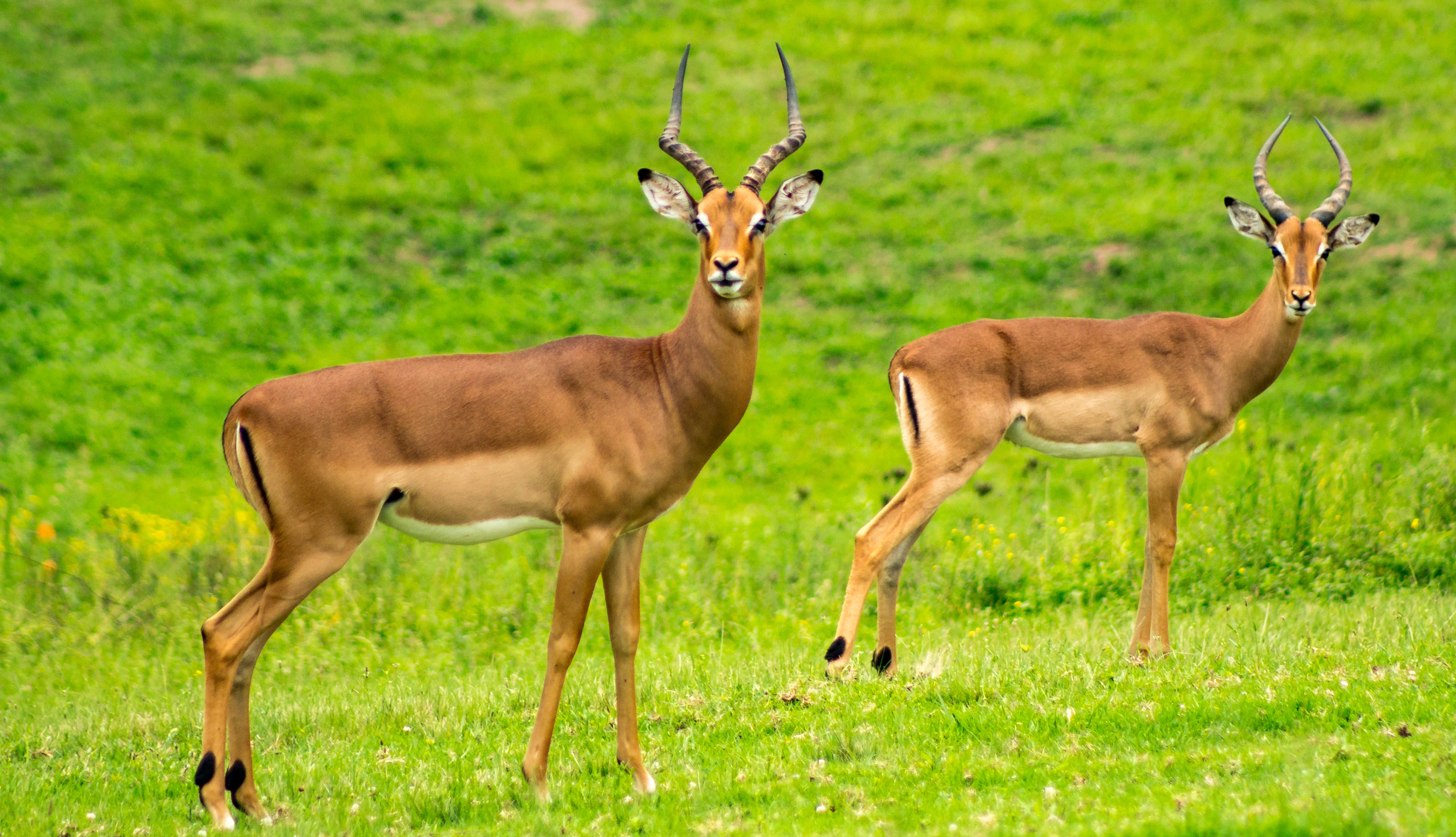
Another common fall activity for many mammals is mating. Boars and bats are among the many animals that mate during the fall. You may be able to hear special bat mating sounds that the males “sing” to the females in their caves.
Deer, elk, and moose also go through important mating rituals in the fall. To compete for females, stags will physically fight one another, thrashing each other with their antlers until a winner prevails. Many avid hikers know to keep away from stags during this autumn mating season. Stags can become very aggressive and territorial during the fall as they prepare to fight for a mate.
Seek Shelter
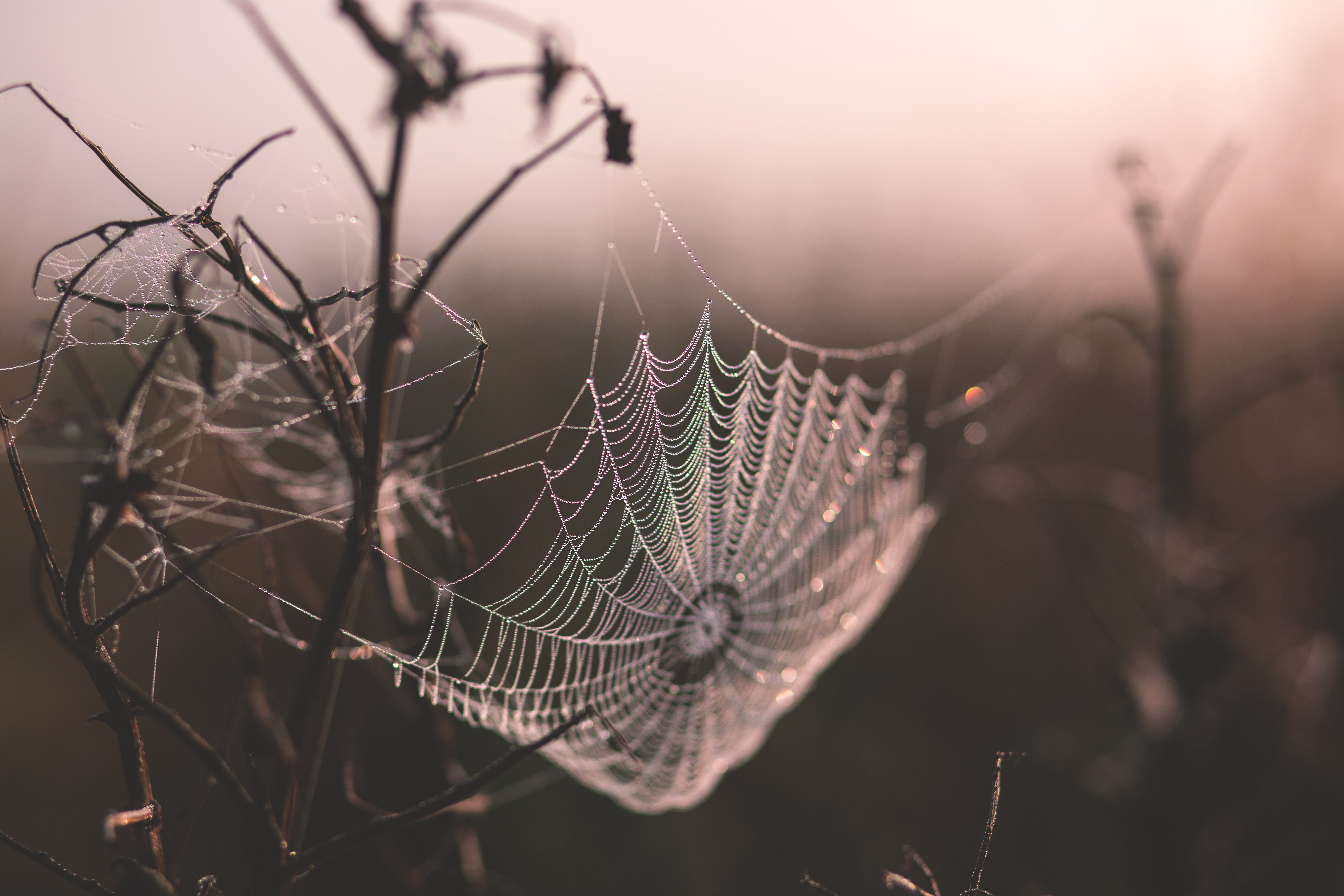
Have you ever wondered what happens to insects, spiders, and other invertebrates during the winter? This creepy crawlies need to prepare for winter, too, and they do so by seeking warm, protected environments.
Bees stay in their hives and hibernate during the winter months, and wasps all die before the cool weather hits, leaving the queen wasp to start a new colony when it warms up.
Other invertebrates seek the underground world during the cool months. The animals that feast on leaves live below them in the dirt, where they spend a protected few months in their environment.
Hibernation
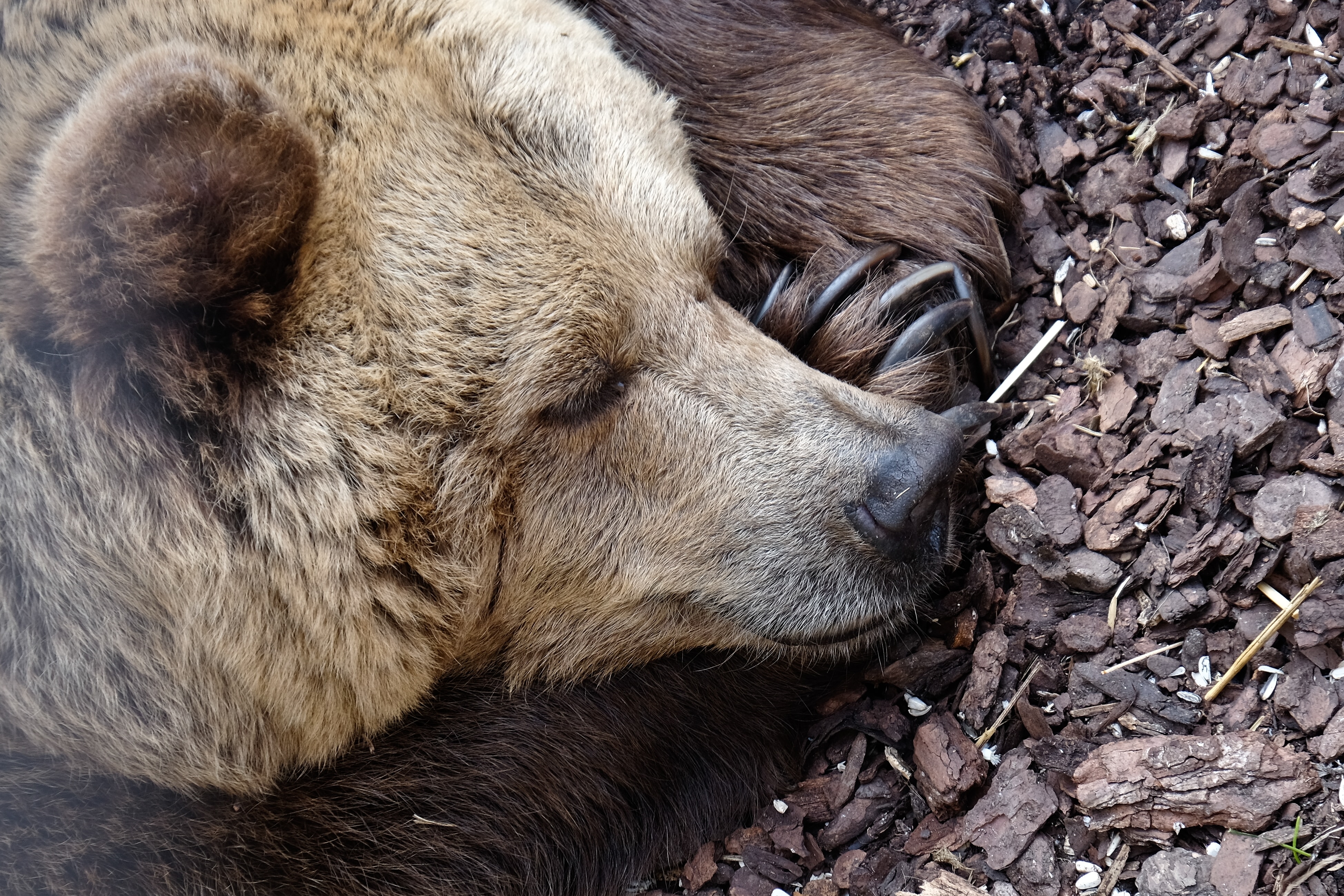
There is a common image many people have of hibernation that involves animals going to sleep at the beginning of winter and staying asleep until the warmth of spring arrives. However, hibernation is quite different than sleep, even though they appear similar.
Hibernation is a process an animal's body goes through that results in a decrease in body temperature, heart rate, breathing rate and a slowing of metabolism. The goal of hibernation is for the body to use less energy.
The most common animal people think of as a hibernating animal is a bear, but many other animals hibernate as well. Chipmunks, dormice, hamsters, hedgehogs, bats and many insect and reptile species also go through hibernation during the winter.
To prepare for hibernation, animals eat a ton of food to build up fat to sustain the body for many months. Typically, hibernating animals will start eating during the winter and continue throughout the autumn months to store fat. Storing enough fat is vital to hibernation, as not storing enough can lead to death while hibernating.
While fat storing is the main theme amongst all hibernating species, many different animals have different rituals for hibernation. Bats prepare for hibernation by seeking out tight, cramped shelters that will stay above 45 degrees all winter. For bats, the darker and quieter the location, the better. Many bats will even find their way into people's homes and roost in the rafters.
Groundhogs prepare for hibernation by making themselves a bedroom underground. Groundhogs live in elaborate underground tunnel systems, and they spend even more time digging during the fall to build themselves a secluded place to hibernate for the winter.
Similar to hibernation, many animals go through a process called torpor during the winter. In torpor, an animal can reduce its body temperature, breathing rate, heart rate, and metabolism, just like in hibernation. However, torpor differs from hibernation because animals don't stay in it all winter. Instead, they enter their torpor states for short periods.
Skunks are one example of an animal that goes through torpor. Skunks prepare by eating lots to store fat and finding places to burrow before entering torpor. They then wake up days, weeks or up to a month later seeking more food. They spend the time they are awake hunting and preparing to go back into torpor.
Unlike skunks, some animals, including many small bird and mammal species, will enter torpor daily during the winter months. However, torpor can be dangerous, as it makes animals sluggish and therefore less reactive to predators.
Conclusion
Next time you take a walk in the wilderness during the autumn months, pay attention to what the animals are doing around you. Does their fur look a little thicker than usual? Are there squirrels and chipmunks scuttling around with nuts and acorns in hand? Do you notice fewer animals around than you did during the summer?
When you look around, you'll see animals everywhere preparing for the cold. Each animal has its own way of getting ready, whether that be growing in a new coat, finding a mate, or storing fat to get ready for a long winter of hibernation.

